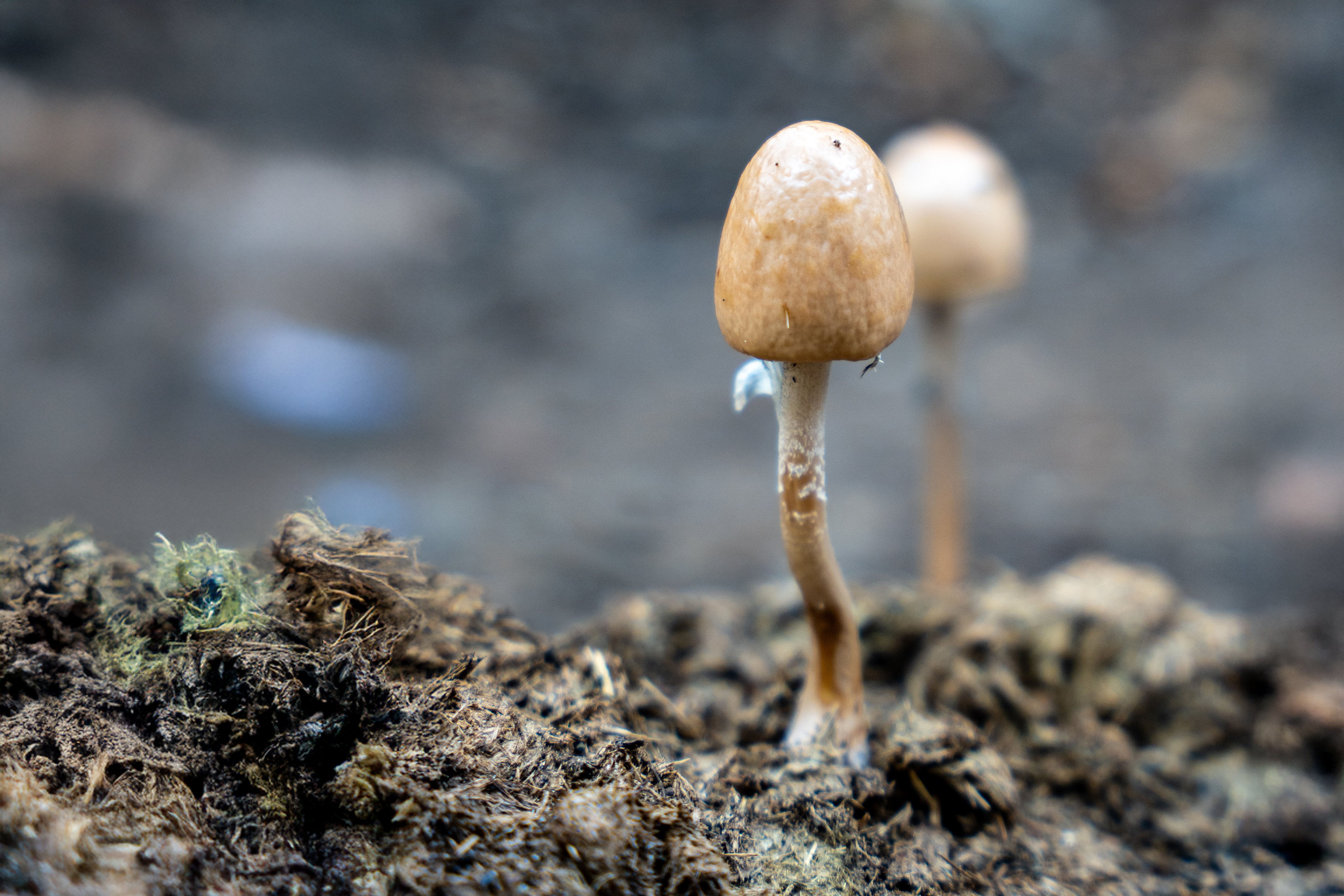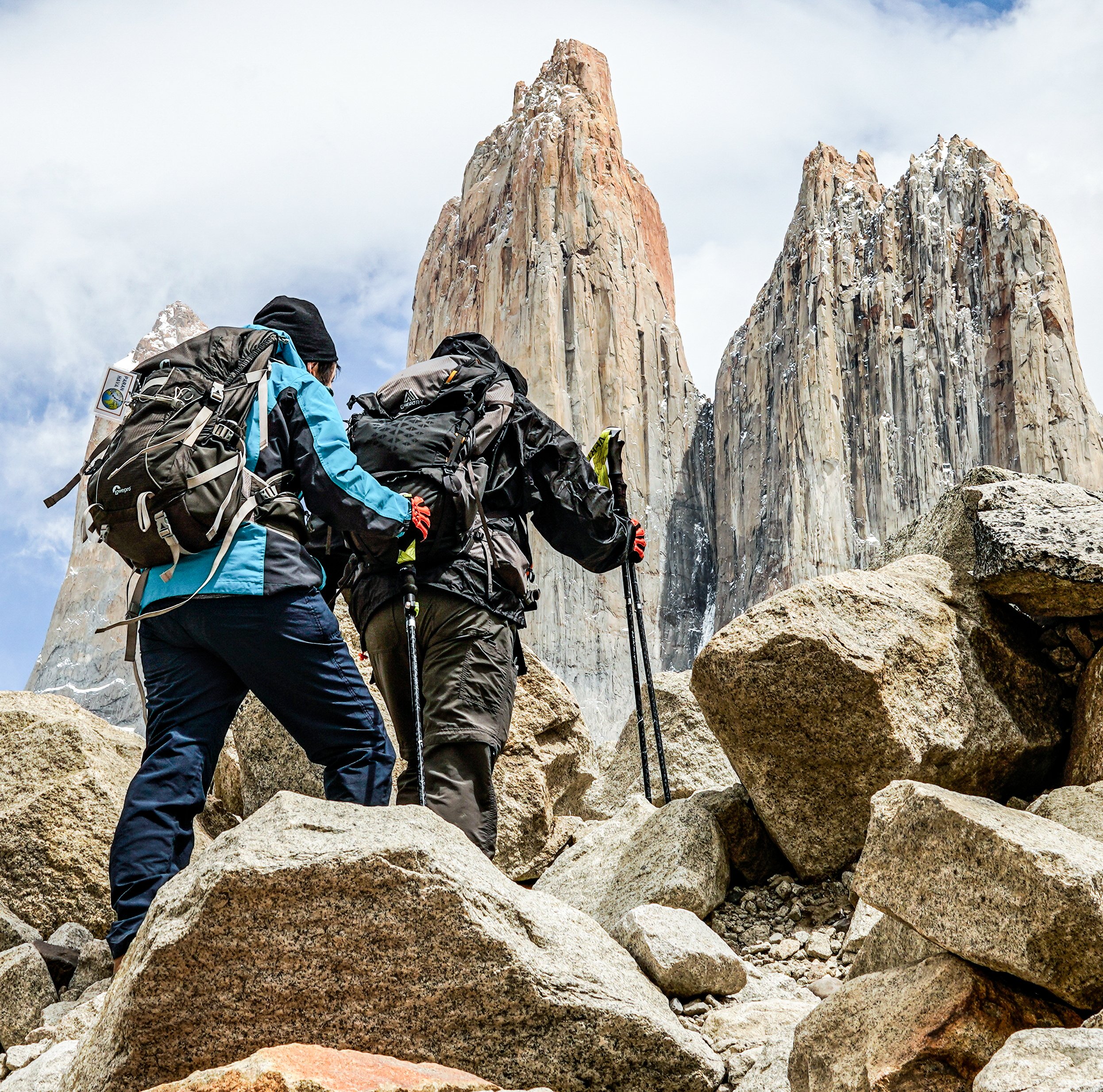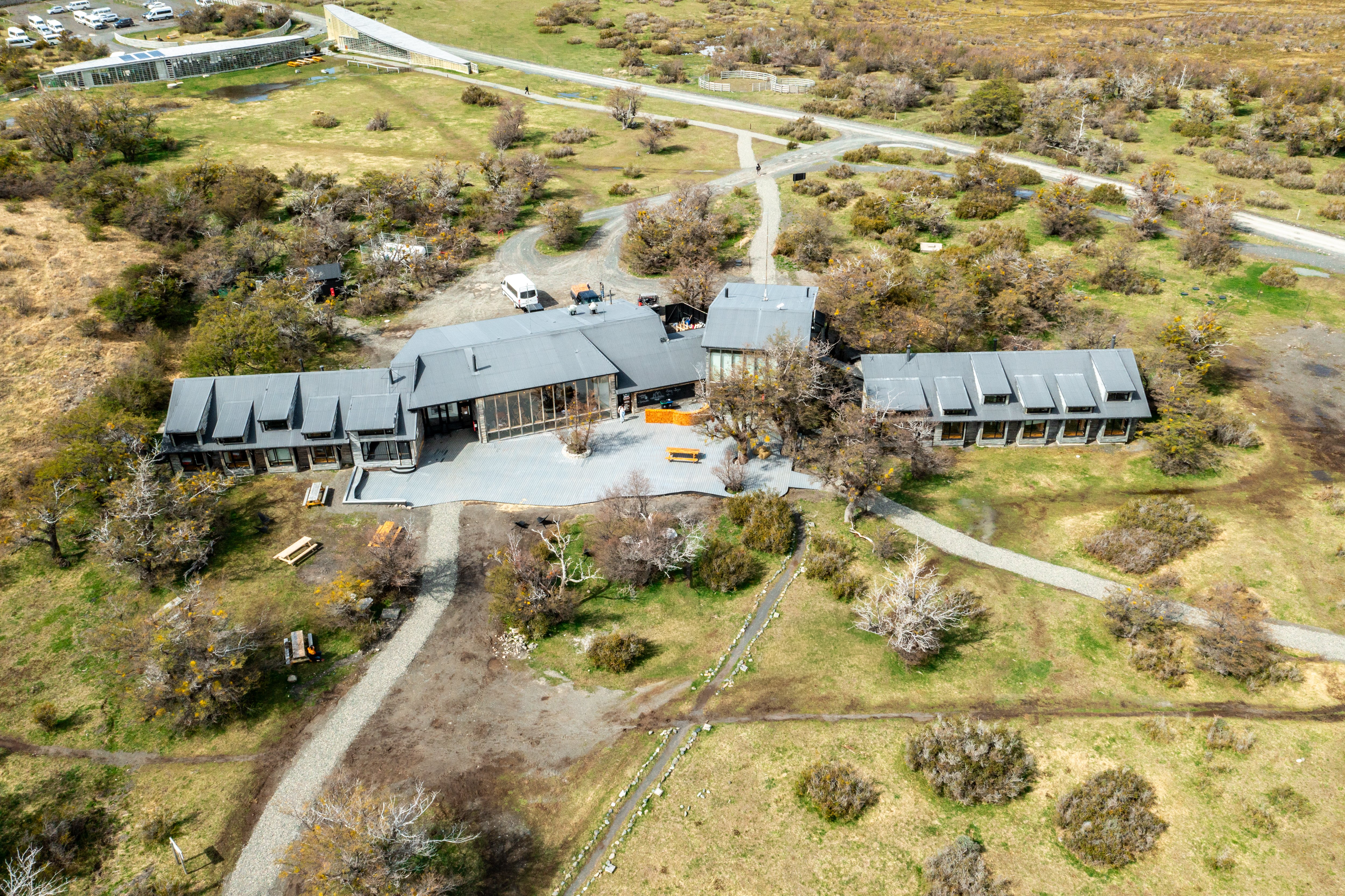Discover the fungi kingdom hidden in Torres del Paine
Patagonia adventurer, get ready for an unexpected journey! You’ve probably explored the mystical lands of Torres del Paine, with its sky-scraping peaks and ancient glaciers. Maybe you’ve even witnessed a puma on the move or the majestic flight of a condor. But what if we told you that beneath your feet—on fallen logs and in damp corners—there’s a vibrant, mysterious world we rarely stop to explore?
We’re talking about the fungi kingdom: a universe of shapes, colors, and functions that might surprise you. Our guides at Hotel Las Torres Patagonia have already identified over 40 species of fungi, each with its own secret personality, waiting to be discovered by curious eyes. Are you ready to swap the wide-angle lens for a closer look under the magnifying glass? This blog invites you into the world of micro-adventures, where exploring the small can completely change how you see Torres del Paine. Get ready to discover the fungi kingdom of Patagonia!
Understanding the fungi kingdom: A tiny world hidden in every corner
First things first: What is the fungi kingdom? Though they might seem like plants, fungi are a separate group with important differences—for example, in how they feed. Plants make their own food through photosynthesis, using sunlight, water, and carbon dioxide. Fungi, on the other hand, absorb their food by breaking down organic matter. Some live in symbiosis with other organisms, and others behave as parasites.
Their structure is also different. Fungi are made up of hyphae, which form a web-like structure called mycelium. They don’t have differentiated tissues like plants, and their cell walls are made of chitin, the same material found in insect exoskeletons.
Plants and fungi also fulfill distinct ecological roles. While plants are primary producers at the base of the food chain, fungi are decomposers that break down organic matter, recycling nutrients back into the ecosystem.
To summarize, fungi are eukaryotic organisms (with cells that have defined nuclei), they’re heterotrophic (they can’t produce their own food), and there are over 150,000 known species worldwide. Now let’s turn to the focus of this blog: fungi in Patagonia.
Fungi in Torres del Paine National Park
When we travel to Patagonia, we’re usually drawn to its imposing mountains, endless forests, ancient glaciers, and the possibility of wildlife encounters. But if you pay close attention while hiking through Torres del Paine National Park, you might find tiny ambassadors of the fungi kingdom—with their peculiar shapes, varied textures, and unique colors—in the most unexpected places.
You might spot the Morchella conica, with dark, ridged grooves running down from its rounded tip, or the cup-shaped Peziza, which resembles broken eggshells. One of the most eye-catching is the blue Entoloma, whose vivid colors and shape are reminiscent of something from a faraway planet.
Speaking of striking shapes and colors, there’s also Fuligo septica, a slime mold often found on soil or decomposing wood. Its bright yellow color is hard to miss. You might also come across Bovistella utriformis, a white fungus shaped like a chef’s hat with a soft surface that gradually turns brown as it matures.
And the list of fungi hidden in Patagonia goes on, with dozens more species out there. To help you find them in Torres del Paine National Park, here’s what you’ll need to bring.
What to pack for fungi observation in Patagonia?
Exploring this hidden world requires patience and a sharp eye, to spot species that are often not clearly visible from the path.
The weather in Patagonia is famously unpredictable, and you might experience all four seasons in one day. So, if you’re planning a fungi-focused outing, be sure to pack everything you need for both sun and rain: thermal layers, waterproof clothing, hiking boots suitable for wet or slippery trails, and of course, sunglasses and sunscreen.
Here are a few tools that will enhance your fungi-spotting adventure:
- Pocket magnifier:
Your best friend for exploring this micro-world. These come in wallet-sized cards, Swiss Army knife attachments, or traditional formats, and are perfect for observing textures, color variations, patterns, and details that may not be visible to the naked eye.
- Macro lens for your camera:
If you enjoy photography, a macro lens (between 80 mm and 100 mm) will enable you to capture the fine details you see with your magnifier.
- Small flexible tripod:
Perfect for keeping your camera steady for clear shots, especially in low light or close-up scenarios. - LED flashlight or headlamp:
Help light up dark areas and make the fungi’s colors stand out, even on cloudy days or at sunset. - Bonus tip:
Bring a notebook or an app to log your sightings. Recording your findings is part of the adventure.
Important precautions for your excursion
As always, protecting the biodiversity of Torres del Paine must be a priority for any activity carried out in the park.
- Don’t pick or damage fungi. Torres del Paine National Park is home to hundreds of species, which live in a delicate balance. Every organism plays a role in this ecosystem, and disturbing them is detrimental to Hotel Las Torres Patagonia’s conservation efforts.
- Stay on the trails. These designated paths allow nature to flourish freely by minimizing human impact.
- Leave no trace. Fungi spotting can take time, so if you bring food, make sure to carry out any waste.
What about edible mushrooms?
You may have heard that some mushrooms in Torres del Paine National Park are edible, but collecting or eating them is not recommended unless you have expert knowledge.
Many edible species have poisonous lookalikes that can cause serious or even fatal illness. Identifying them requires advanced training in mycology, as small differences like spore color, scent, or growing conditions can be critical in differentiating between a safe mushroom and a poisonous one.
Additionally, collecting fungi in protected areas like Torres del Paine National Park is highly restricted due to their ecological importance.
Where to go fungi spotting if you’re staying at Hotel Las Torres Patagonia
This is the final question that we want to answer. Fungi grow in many areas throughout Torres del Paine National Park, so whether you’re hiking the W Trek or joining one of our guided excursions, you’ll have the opportunity to discover the area’s fascinating biodiversity. All you have to do is keep an eye out along the way, and you’ll be able to spot a wide variety of fungi species.
If you’re looking for a more detailed fungi experience, Hotel Las Torres Patagonia has established an Interpretive Trail, located just a few meters from the hotel. This short, one-hour trail is suitable for all ability levels, and enables you to connect with nature up close in an accessible way.
Upon leaving Hotel Las Torres, you will find the start of the Interpretative Trail on the left-hand side. Throughout the trail, you will find a variety of local plant and wildlife, with signs explaining the ecological importance of each species. This trail will lead you through a range of different environments, where you can observe changes in the ecosystem, learn about the natural history of the area, and of course, be awed by the beauty of the surrounding landscapes.
This route is perfect for a family activity in search of the various fungi species found in Torres del Paine National Park, allowing children to experience the natural wonders of these microecosystems up close and without long transfers.
Ready to see Torres del Paine from a different perspective and delve into its fascinating hidden world? Start your fungi adventure with us! Book your stay at Hotel Las Torres and get ready to connect with nature in a whole new way. We can’t wait to explore this hidden kingdom with you!






